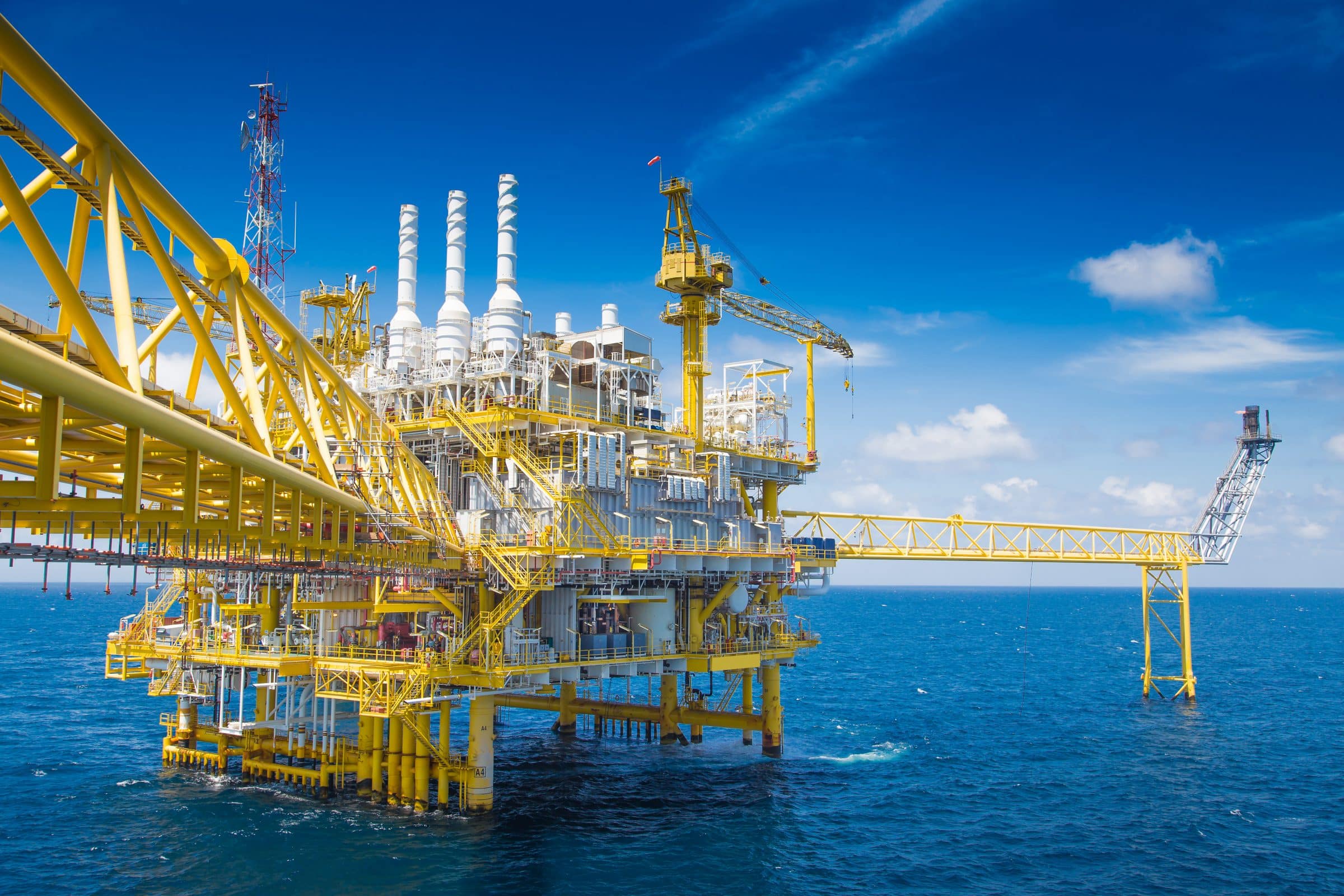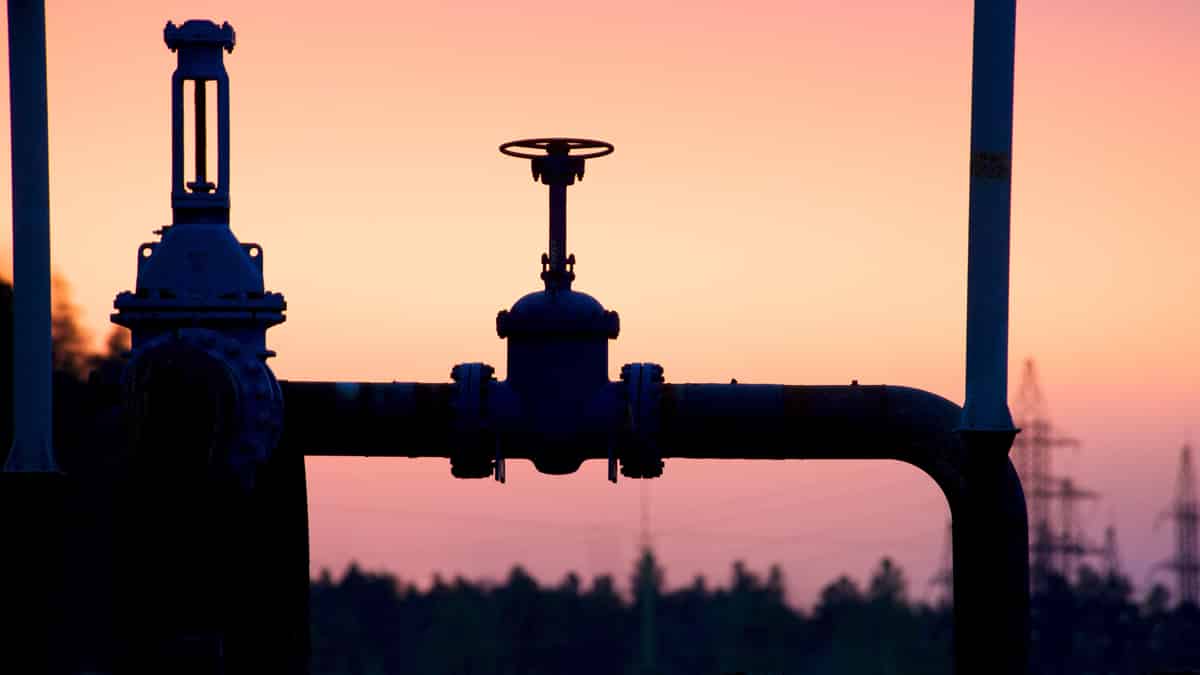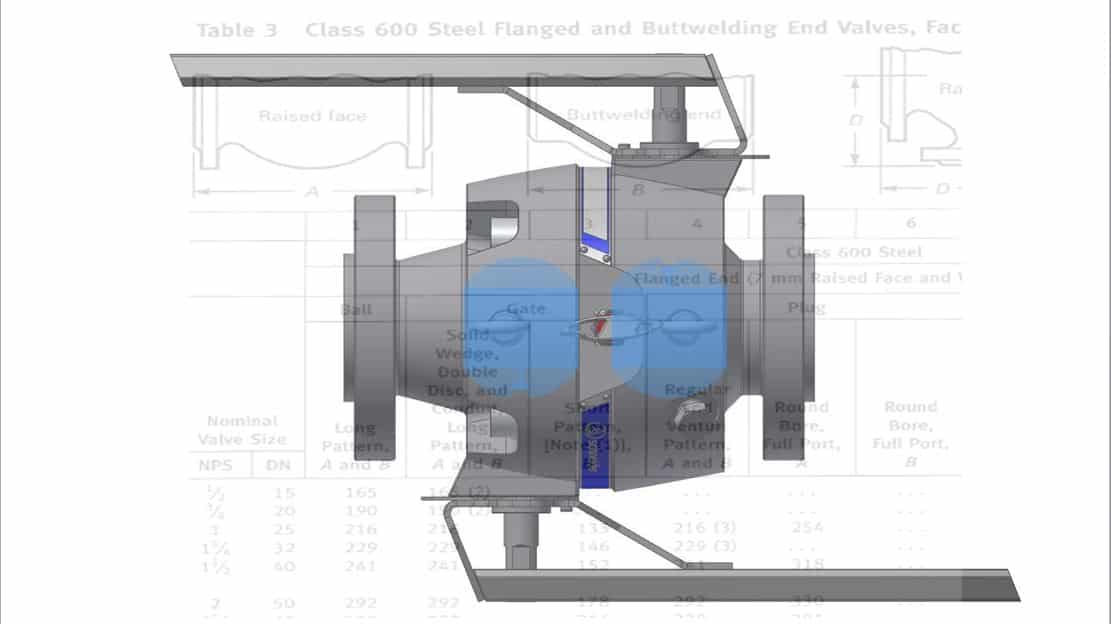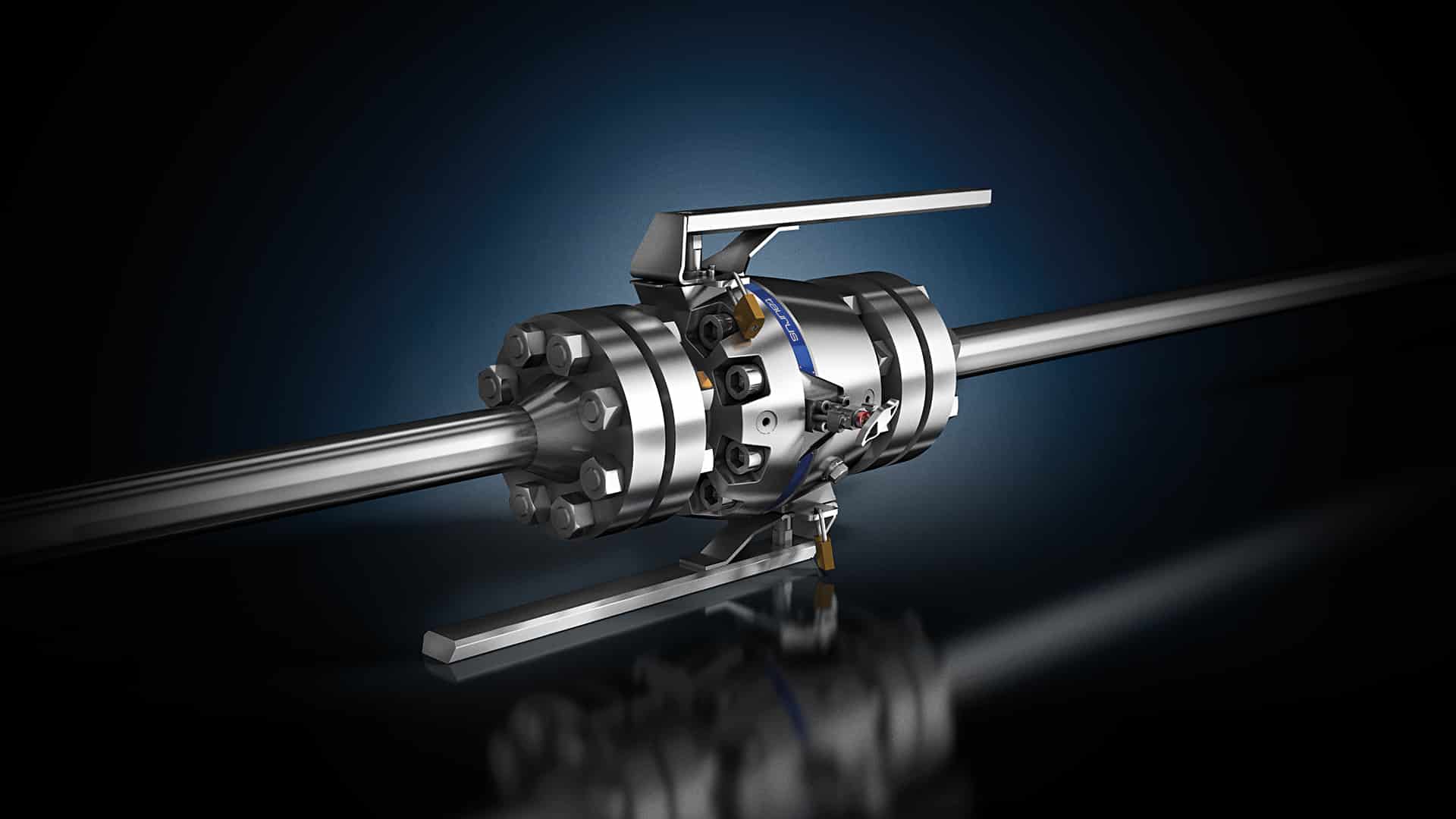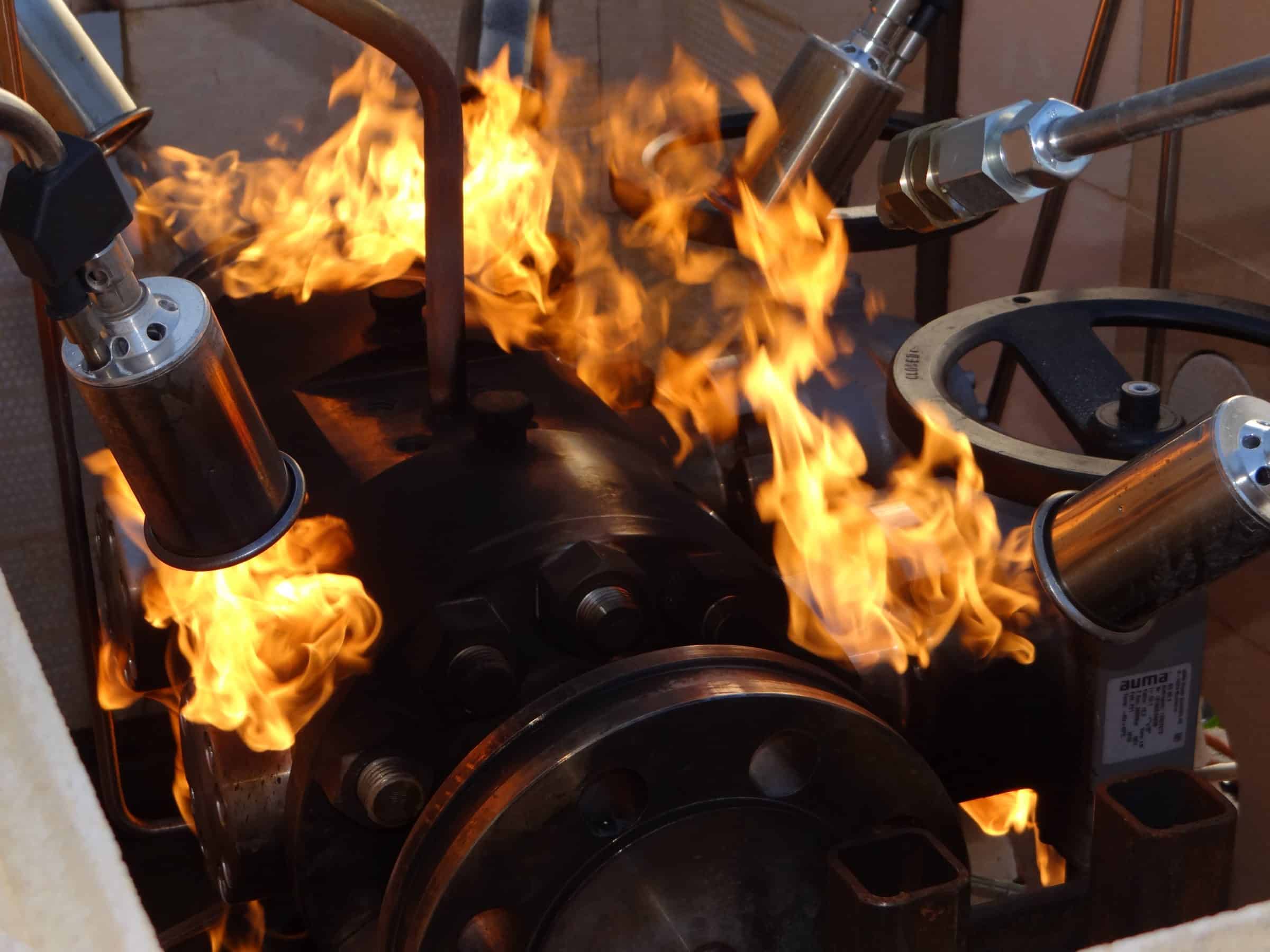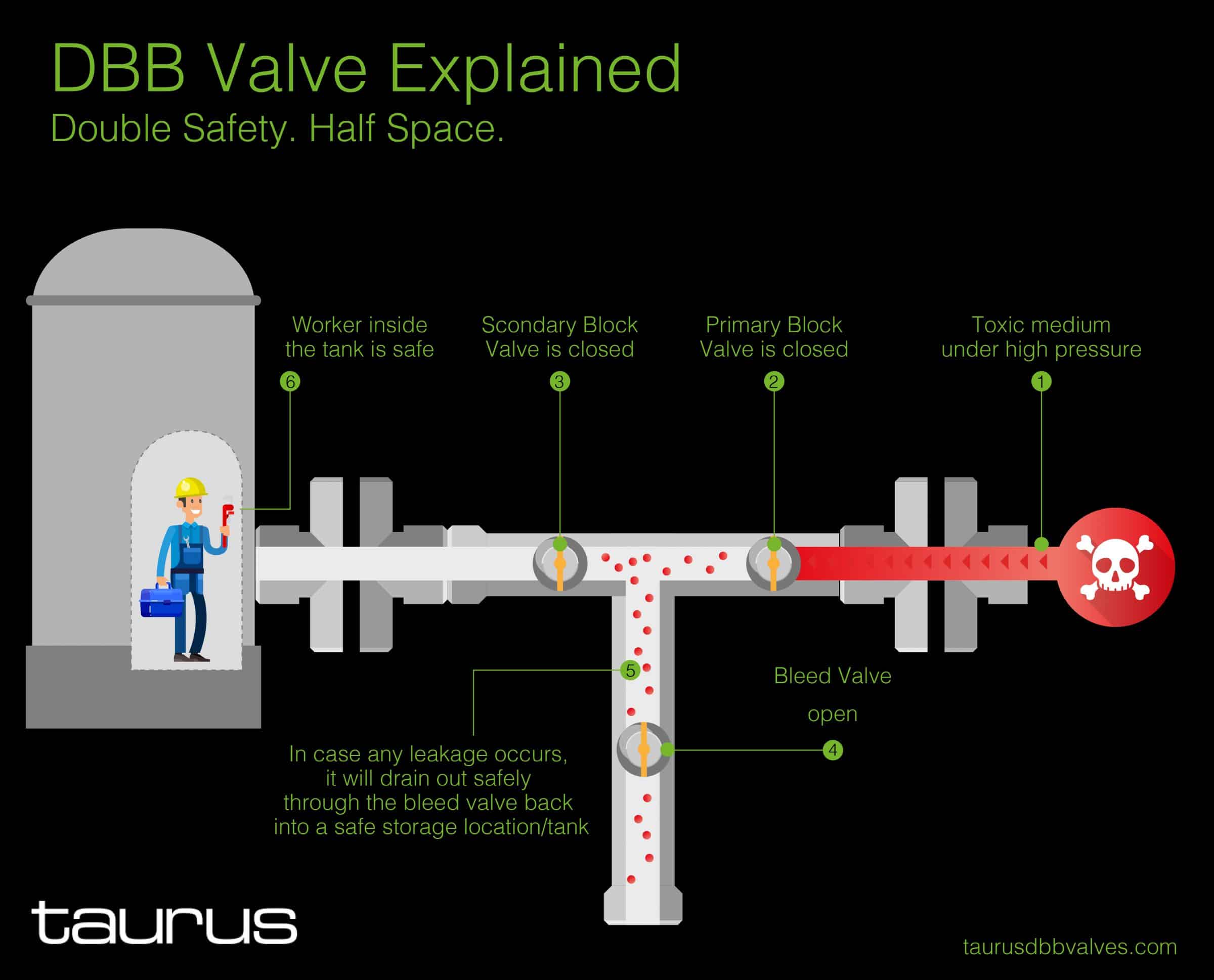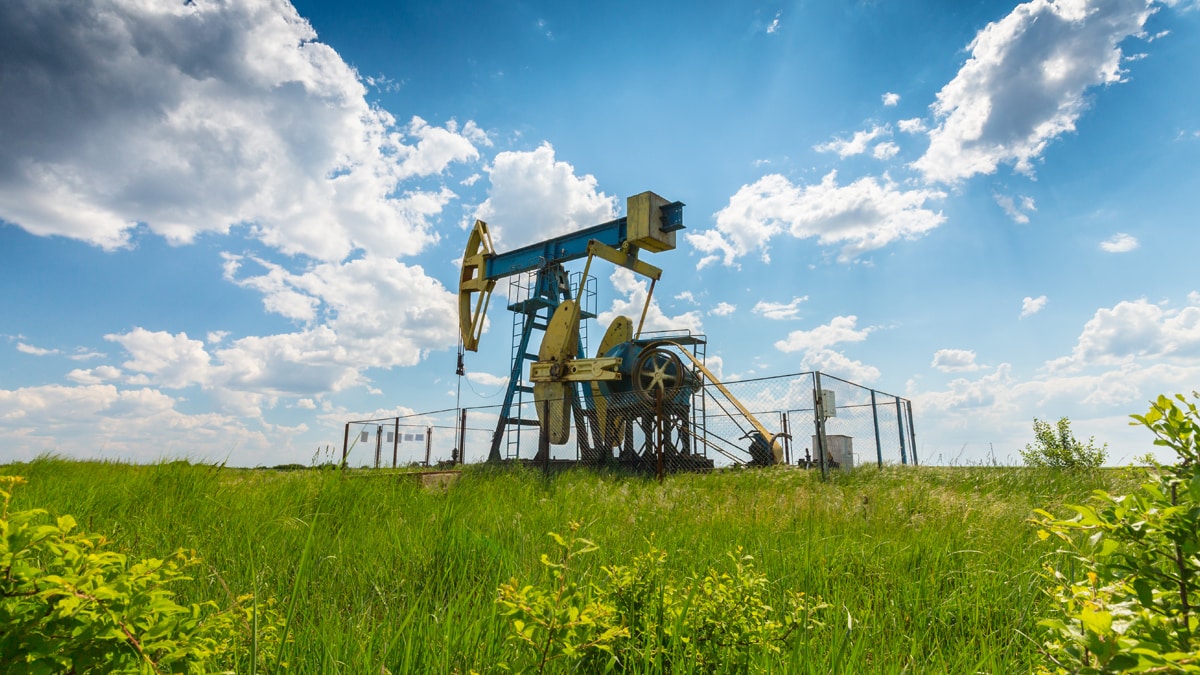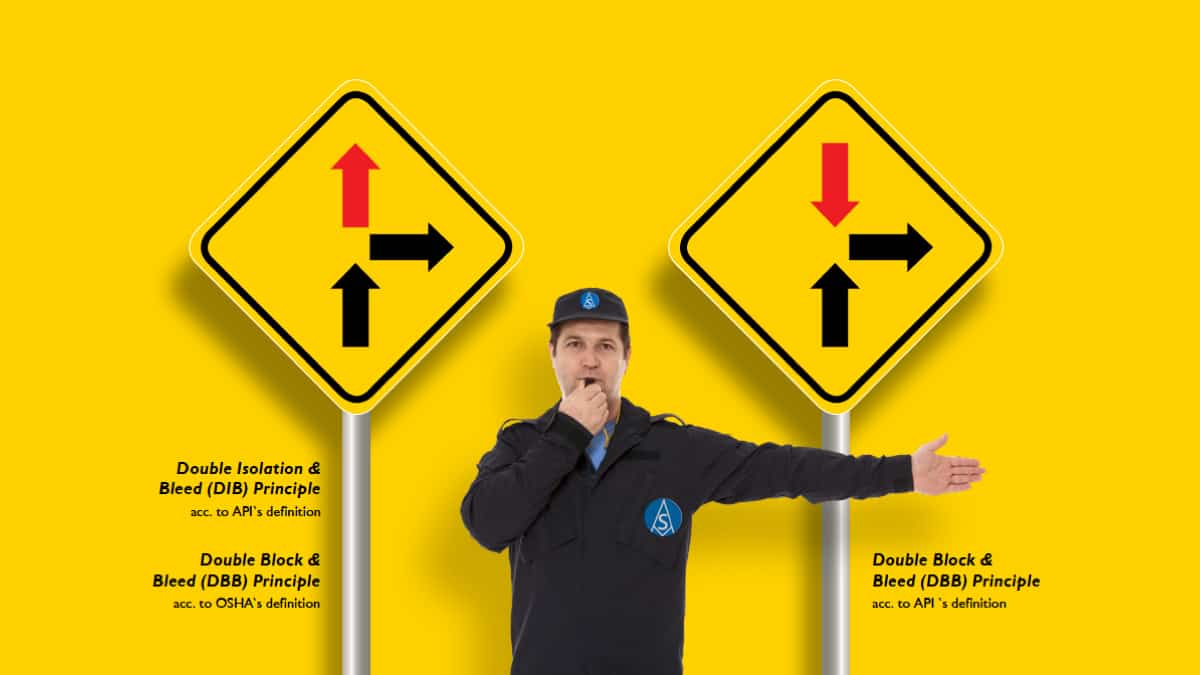Having worked on many projects in the past, it seemed that many piping engineers tend to stereotype the term “severe service” on their valve requirements.
In a given process or system, only few can be considered as such, but they are the ones that pose the greatest design challenge. Each type of valve (and there are many of them) has several parameters to consider.
Continue reading

